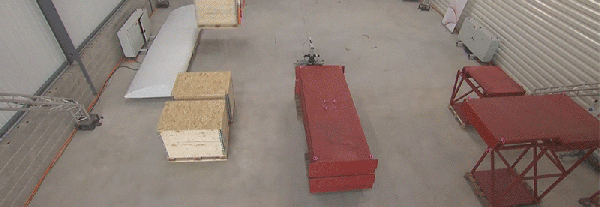So you’ve come up with a great idea and now you’re thinking about starting a crowdfunding campaign – and why not, all the cool kids are doing it. Now, let’s say you already have a working prototype, or maybe you even built a small run for friends online. You’ve made 10 here, or 20 there. Sure it took some time, but making 1000, or 10,000 would be so much easier once you get all the orders in, right? Wrong.
Before you even think of setting up something like a Kickstarter, we would like to invite you to have a seat and watch this series of videos covering the things many people don’t know about manufacturing. It’s going to cost you 7 hours of sofa time, but if you’re serious about getting something to production these seven hours will pay in spades. Dragon Innovation has had many notable clients over the years – Pebble, Sphero, Makerbot, to name a few. They help startups find their way through the manufacturing mine-feild, for a fee of course. The founders are former iRobot employees, and have quite a bit of hard fought, yet free knowledge to share.
You’ll learn about how important decisions early on can make huge impacts on the success or failure of a product. There’s quite a bit of raw technical info on injection molding, design for manufacture, testing, pricing and everything under the sun. So do yourself (and everyone else) a favor, and before you click submit on that Kickstarter campaign, sit back and enjoy this free seminar.
We’re really enjoying the manufacturing oriented videos which have been popping up. Just a couple of weeks ago we came across a pair of hardware talks from [Bunnie Huang] that were a pleasure to watch. At 20 minutes this might be a good primer before you take the plunge with the playlist below.
Continue reading “Why Starting A Kickstarter Could Kick Your Butt”

















